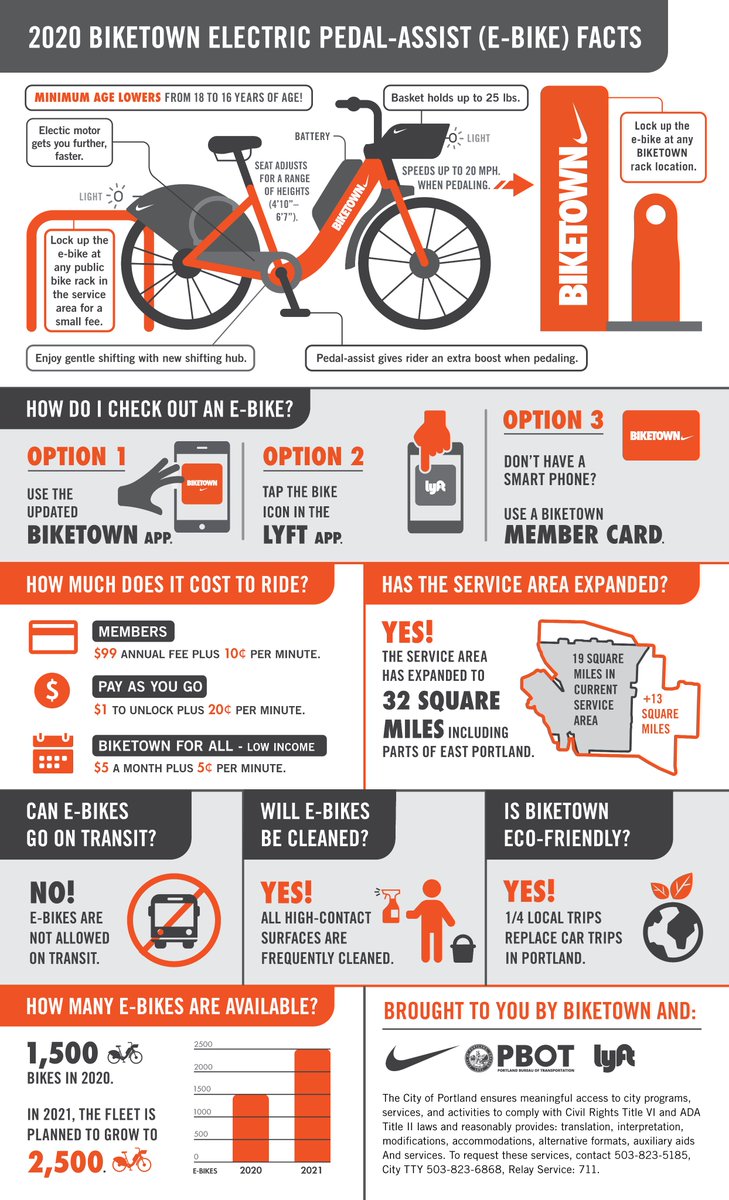Understanding E-Bike Classes: What Each Kind Indicates
Understanding E-Bike Classes: What Each Kind Indicates
Blog Article
Material Author-Mouritsen Slater
If you're thinking about buying an e-bike, recognizing the various classes is key in making an educated choice. You might be surprised at just how each class provides unique functions that cater to various riding preferences and legal needs. From pedal-assist alternatives to throttle-controlled models, each class has its benefits. So, prior to you select the ideal e-bike for your demands, it's crucial to understand the distinctions in between Class 1, Course 2, and Course 3 e-bikes.
Class 1 E-Bikes
Class 1 E-Bikes are defined as pedal-assist electric bikes that supply help only when you pedal, stopping to do so once you get to 20 miles per hour. These bikes are ideal for those seeking a little extra boost while still wanting to get some workout. Course 1 E-Bikes supply a smooth shift between pedaling and electric support, helping you conquer hills and long distances easily. The electric motor starts as soon as you begin pedaling, supplying a natural and effortless trip experience.
Among the crucial benefits of Class 1 E-Bikes is that they're enabled on the majority of bike paths and tracks where conventional bikes are permitted. This indicates you can check out new routes and delight in the open airs with no constraints.
Additionally, these bikes are green and offer a sustainable setting of transport, reducing your carbon impact while still obtaining you to your destination effectively.
Course 2 E-Bikes
Moving on from the pedal-assist dynamics of Class 1 E-Bikes, Course 2 E-Bikes present a brand-new component right into the electric bicycle world. These e-bikes feature a twist throttle attribute, enabling you to ride without pedaling in any way. With this addition, you have the alternative to just engage the throttle and let the electric motor do the work, pushing you ahead effortlessly.
Course 2 E-Bikes are perfect for motorcyclists who may need a break from pedaling or require assistance when starting from a full quit. womens beach cruiser bike makes them particularly appealing for people with restricted wheelchair or those that desire a more leisurely riding experience.
However, it is essential to note that Class 2 E-Bikes are still controlled by a speed limit of 20 mph, guaranteeing safety and security and conformity with guidelines.
Course 3 E-Bikes
For motorcyclists seeking a more dynamic electric cycling experience, Class 3 E-Bikes offer enhanced rate and efficiency contrasted to their Class 1 and Class 2 equivalents. Class 3 E-Bikes are called "speed pedelecs" and can reach rates of as much as 28 miles per hour, supplying a thrilling ride for those searching for an additional boost. Learn Alot more Here come geared up with a pedal-assist system that begins when you start pedaling, making it much easier to keep greater speeds with less effort.
One vital feature of Class 3 E-Bikes is that they aren't limited to bike lanes only; they can also be made use of on roads where the rate restriction is 30 miles per hour or lower. This adaptability allows cyclists to navigate via web traffic a lot more effectively while still taking pleasure in the benefits of electric aid.
However, it's necessary to bear in mind that some locations might have specific guidelines pertaining to making use of Class 3 E-Bikes, so always inspect regional legislations before hitting the trail.
Conclusion
So, since you recognize the distinctions between Class 1, 2, and 3 E-Bikes, you can make an informed decision on which type ideal fits your needs. Whether you favor pedal-assist, throttle function, or greater rates, there is an E-Bike course available for you. Remember to consider your local laws and personal preferences prior to making your choice. visit the next web site riding!
